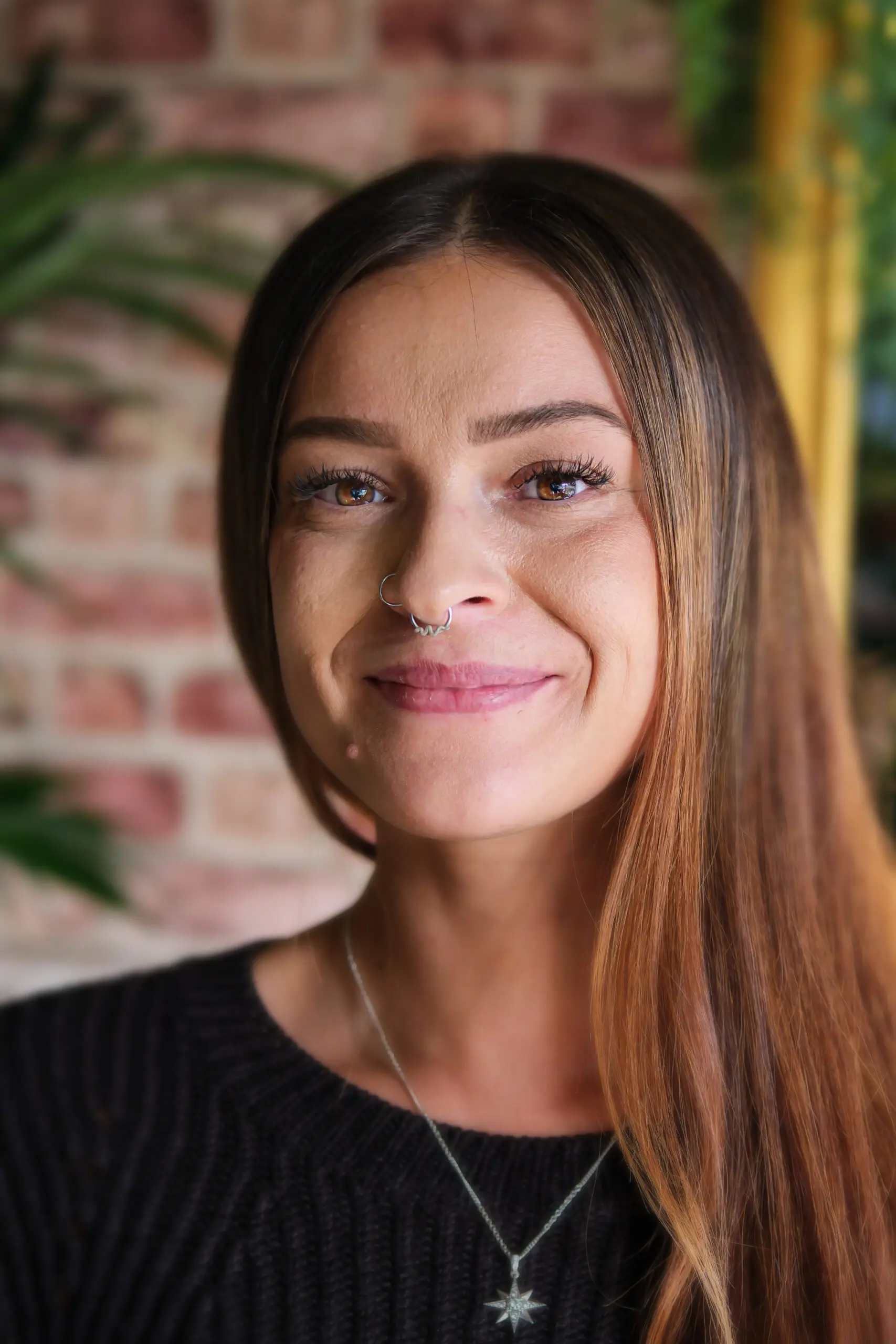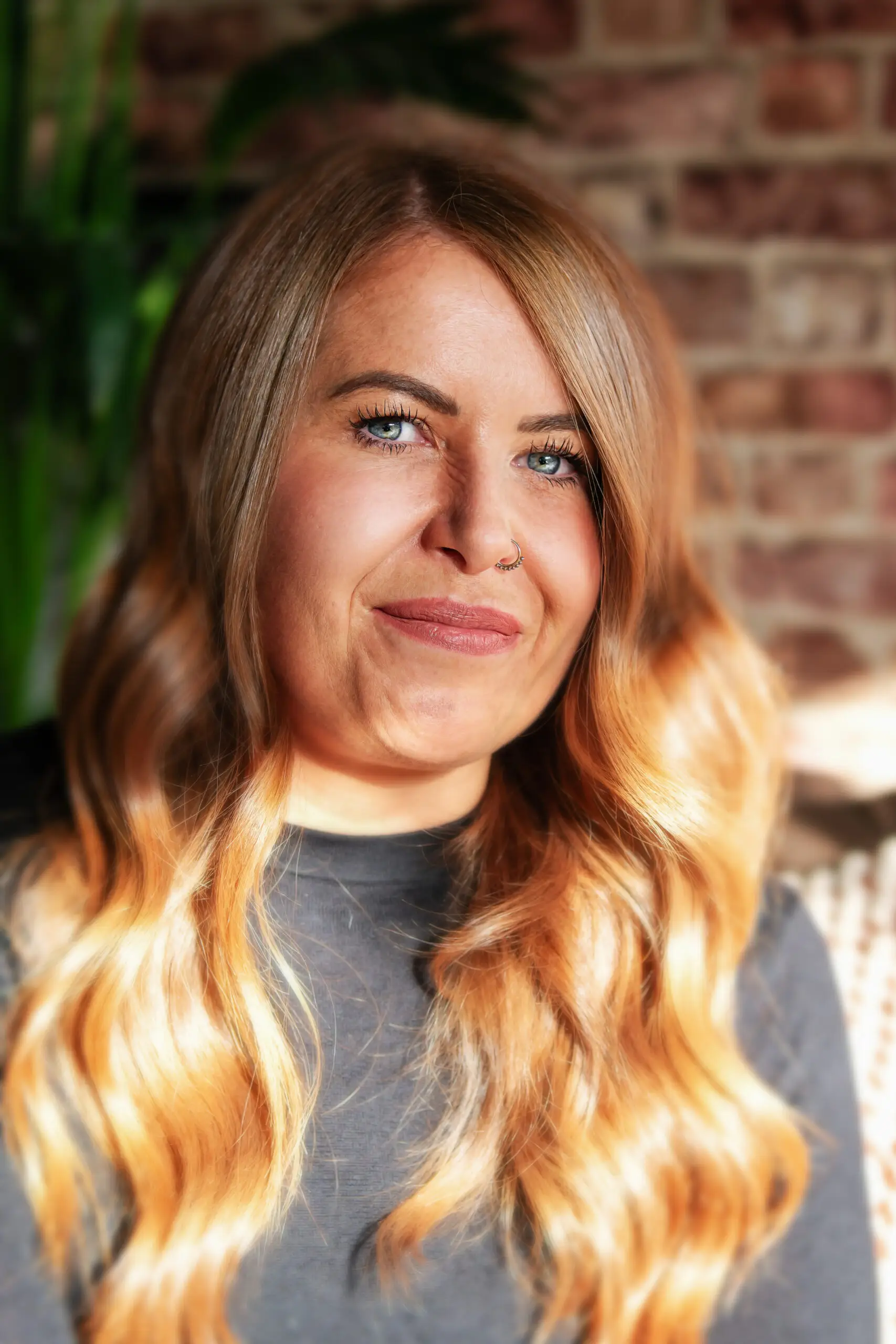This was one of the earliest portraits I ever took for my first proper project. I was trying to challenge something simple but deeply ingrained — the idea that you can tell who’s homeless just by looking.
I’d already taken portraits of people who’d experienced homelessness — rough sleeping, sofa-surfing, temporary accommodation, the works. But to make the point land, I needed contrast. I wanted to photograph a few people who weren’t homeless, just to see if anyone could actually tell the difference. No labels. Just faces.
That’s when I saw him — sitting on a bench near the bus station, beard like a snowdrift, hat pulled down low. He had the look most people associate with someone on the street. If you passed him, you might assume the worst. And that’s exactly why I approached him.
I introduced myself, explained the project, and asked if I could take his portrait.
He didn’t flinch. Didn’t question my motives. Just gave me a slow grin and said, “Yeah, go on then. Always fancied being mistaken for a celebrity… or a warning poster.”
I laughed, relieved. I told him I was collecting images to break the myth that you can tell who’s struggling just by their appearance. He nodded and said, “That’s good. People look at me like I’m about to ask for change — even when I’m just buying milk.”
He made it clear early on: he wasn’t homeless. Never had been. But he understood how quickly life could tip.
“I’ve been skint,” he said. “Job losses. Rents going up. It doesn’t take much to end up in a place you swore you’d never be.”
Then he looked me dead in the eye and said, “You’re doing the right thing, lad. People need to unlearn what they think they know.”
He adjusted his coat, sat up straighter, and said with a smirk, “Right — do I look rugged or just cold? Either way, don’t edit out the wrinkles. They’ve been earned.”
We chatted for a bit longer while I took the shot. He told me about his dog, about how he’d been called everything from “mate” to “move along.” He wasn’t angry — just honest. “I don’t blame people,” he said, “but I do wish they’d stop staring like they know my life.”
That stuck with me. Still does.
When people see this portrait, they often assume he’s homeless. And that’s the point. Because he isn’t. But he could’ve been. You or I could be too.
That was the first time I realised how powerful a photograph could be — not just to capture something, but to challenge something. That image has travelled further than either of us expected, and it’s still doing its job: making people pause before they judge.
And no, I didn’t edit out the wrinkles. He was right — they were earned.

